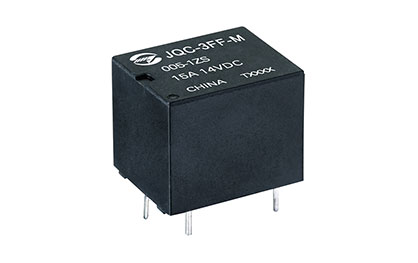
Time delay relays in vehicles are typically either electromechanical or solid-state. Electromechanical time delay relays use a mechanical mechanism to delay the circuit, while solid-state time delay relays use electronic components to provide the delay. Some automotive time delay relays also offer programmable functionality, allowing the user to customize the delay time and other settings to meet the specific requirements of the application.

Automotive time delay relays are widely used in a variety of applications, including controlling the lighting system, power windows, power seats, wiper systems, and other electrical systems in a vehicle. By providing a delay in the activation or deactivation of a circuit, the time delay relay can prevent sudden or abrupt changes in the system, improving safety and convenience for the driver and passengers. Additionally, time delay relays can reduce wear and tear on electrical components by providing a gradual transition, improving the overall reliability of the system.

Application requirements: Consider the specific requirements of your application, such as the circuit's voltage and current requirements and the desired delay time. Make sure the time delay relay you choose can handle the voltage and current of the circuit, and provides the required delay time to meet the application's needs.
Type of relay: There are two main types of automotive time delay relays: electromechanical and solid-state. Electromechanical relays use a mechanical mechanism to delay the circuit, while solid-state relays use electronic components. Consider the advantages and disadvantages of each type, and choose the one that best meets the requirements of your application.
Relay contacts: Consider the number and type of contacts on the relay. Depending on your application, you may need a relay with normally open (NO) or normally closed (NC) contacts, or a combination of both.
Programming options: Some automotive time delay relays offer programmable functionality, allowing you to customize the delay time and other settings to meet the specific requirements of your application. If your application requires flexibility or the ability to adjust the timing settings, consider choosing a programmable relay.
Manufacturer's specifications: It is important to consult the manufacturer's specifications and documentation to ensure that the time delay relay is suitable for the specific application. Check the voltage and current ratings, delay time range, and other technical specifications to ensure that the relay is compatible with your application.
Email:
lilian@zettlernb.comCall Us:
+86-574-62502203Address:
No. 5, Shuntai Road, Yangming Industrial Zone, Yuyao City, Zhejiang Province